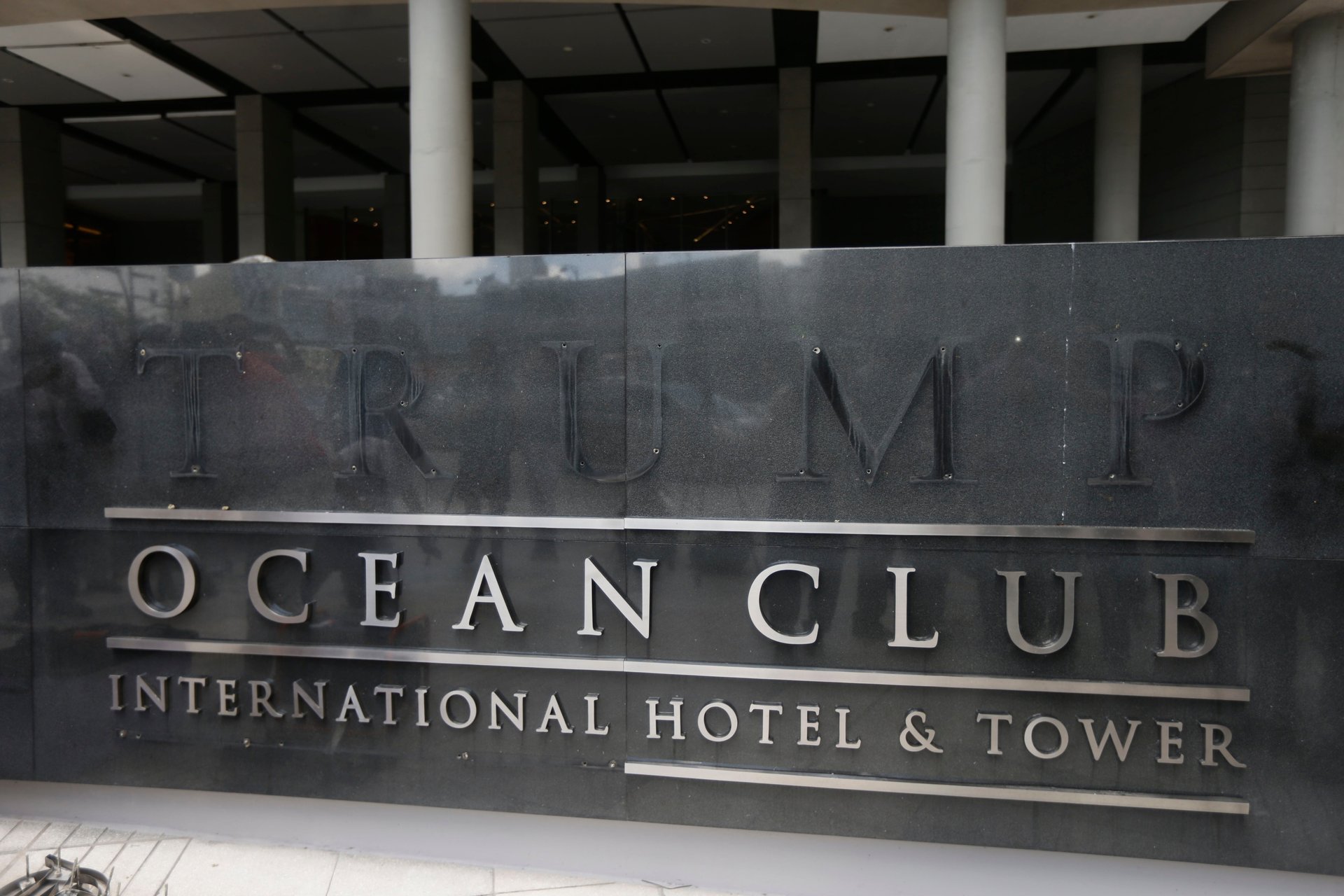The Trump Organization’s four-step recipe for misleading investors
On the heels of a New York Times investigation which revealed Donald Trump may have committed tax fraud on his inheritance, ProPublica and WNYC revealed yesterday that the Trump Organization has followed a pattern of deeply questionable behavior in its licensing deals.


On the heels of a New York Times investigation which revealed Donald Trump may have committed tax fraud on his inheritance, ProPublica and WNYC revealed yesterday that the Trump Organization has followed a pattern of deeply questionable behavior in its licensing deals.
The report reveals the Trump family’s process for misleading investors, which a former federal prosecutor said has “a number of kinds of ingredients that you would typically see in an investigation or even prosecution of fraud.” It breaks down the Trump Panama project as a case study: Although the project went bankrupt and investors lost as much as $120 million out of the $220 million they put in, Trump took home between $30 million and $55 million. His name was eventually removed from the property.
Here’s the playbook:
1. Lie or mislead about pre-sales and projections
It’s legal for a real estate developer to puff up a building in nebulous ways; as, for example, the “greatest project ever.” It can be illegal to lie about material facts. For example, ProPublica reports, a Canadian appeals court found that for Trump Toronto, the Trump Organization showed investors financial projections that “bore no relation to financial reality.” (A lawsuit is still ongoing.)
They would also overstate the numbers of apartments sold in advance. This figure is critically important for investors; the higher the number of sales, the more valuable the remaining apartments, and the more likely the project will actually happen. ProPublica collates a damning collection of lies about pre-sales for projects in Toronto, the Dominican Republic, Fort Lauderdale, Las Vegas, Panama, Soho, and Tampa.
Some particularly egregious examples:
- For Toronto, Ivanka Trump said the project was “virtually sold out” in 2009; by 2016 only 24.8% of units were sold.
- For Las Vegas, Trump told the AP his condos had “sold out’ in 2005; by 2011, only 25% were sold.
- For Trump Soho, Ivanka said 60% of units were sold in 2008; an affidavit by a Trump partner later revealed only 15% had been sold.
2. Claim or imply personal financial involvement in the project
Another tactic was to claim the Trumps were putting their own money into projects. If a famous developer is willing to bet their own cash on something, rather than fund a project with credit and deposits from pre-sales, that gives investors confidence that it’s a safer bet.
ProPublica and WNYC report that the Trumps misled buyers about the extent of his ownership on projects in Tampa, Florida; Panama; Baja California in Mexico; and elsewhere. For a tower planned in Tampa, Trump reportedly had zero ownership stake, but told a newspaper his stake would be less than 50%, “But it’s a substantial stake. I recently said I’d like to increase my stake but when they’re selling that well they don’t let you do that.”
3. Sell units to whoever you can find
With around 1,000 units to sell, the Panama brokers rushed to palm off apartments to anyone with the money to offer. This meant selling units to people “with ties to organized crime and money laundering operations,” ProPublica reports. The buyers were given a veil of secrecy by purchasing through shell companies that hid their identities; a tactic used to allow potential money-launderers into several Trump developments. A broker on the project said there was zero due diligence: “Nobody ever asked where these sales were coming from, where the money was coming from,” he told ProPublica.
This scheme ended up hurting the project overall; many secret backers pulled out of the project, ProPublica reports. The shell companies’ anonymity meant they often couldn’t even work out why they had backed out.
4. Distance yourself from the project when it fails
After projects fell apart, the Trumps tried to preserve their reputation with future investors by saying they were just licensing their name to other people’s deals and that they had no involvement in the actual project. For Panama, the Trump Organization said last year that it, “was not the owner, developer or seller of the Trump Ocean Club Panama project,” it reportedly said in a statement. “Because of its limited role, the company was not responsible for the financing of the project and had no involvement in the sale of units.”
That wasn’t true: Trump did in fact arrange $220 million of financing from soon-to-collapse investment bank Bear Sterns—Trump got at least a $2.2 million commission from doing so. Trump also reportedly called himself a “partner” of the developer, and Ivanka falsely claimed that she had sold 40 units. (She may not have sold any.)
The Trump Organization didn’t immediately reply to an emailed request for comment on this story; it also didn’t respond to detailed questions from WNYC and ProPublica. We’ll update if they do.